Have you ever wondered what the effects of soil erosion are, or how it is caused? Maybe you are looking for a science experiment to do with your kids, either at home or in their classroom. Parents love the dreaded science fair time, right?!:) Well, this Soil Erosion Science Experiment may be exactly what you are looking for.
Soil erosion is the wearing away of the topsoil by natural occurrences such as water and wind or through tillage. It can be something that occurs slowly, and is often unnoticed, or it can occur at an alarming rate. Some farmers plant cover crops in the Fall after all other crops have been harvested, to help slow down erosion.
Photo credit MDA
Another way to reduce the amount of erosion is by placing a waterway in a field where erosion is likely to happen. It slows down the flow of water and also acts as a filter to settle out some of the sediment that may end up in surface waters.
photo credit NRCS
Kimmi’s Dairyland explains waterways and cover crops a little more in depth in this post.
Soil Erosion Science Experiment
You will need: sod, soil, 2 rimmed cookie sheets, 2 9×13 pans, 1 gallon jug(or a watering can if you have one available), knife (or something to poke holes in the bottom of the jug), wood (or something similar to prop pans on.), push pin (optional).
In this fun little Soil Erosion Science Experiment we had two cookie sheets. One only had soil in it.
The other one had grass in half of it and soil in the other half.
For the pan with dirt, simply dig up some dirt and place in the bottom of a rimmed cookie sheet. I bought some aluminum ones at Dollar Tree. Pack it down quite well.
For the pan with grass and dirt, cut some sod and place in the top half of the rimmed cookie sheet. Add dirt to the rest of the sheet and pack it down well.
Now, we have to make rain. We poked several holes in the bottom of a gallon jug, added water, and loosened the lid to make it rain. You could also use a watering can if you have one available.
Next, set the cookie sheets side by side on a bit of an incline. We propped them up with some boards and secured them in place with a push pin. You may not need to use the push pin, but our sheets kept sliding down on us. Place a 9×13 tray under each cookie sheet to catch the water. On the tray with the grass, place the grass towards the bottom so it will act as a filter.
Now, bring on the rain! We started with the tray of solid dirt first.
It only took a matter of seconds to start to see the results of soil erosion.
Notice how the water moves the soil as it flows.
At the bottom of the pan, you can see all of the sediment that has flowed to the bottom as well.
Now, it is time for the pan with the grass strip.
Make it rain and watch the water slowly filter through the grass strip.
As the water drips from the bottom of the pan, you can visibly see how little sediment there is compared to the pan that was all dirt.
Below is a side by side comparison. A lot more sediment is visible in the pan on the right. These are the 9×13 pans that were placed at the bottom of the cookie sheets to catch the water.
These photos were taken after the water was dumped from the 9×13 pans. This picture below is from the soil only pan…
This picture was from the cookie sheet with the grass strip.
This was such a neat experiment for my kids to see…I was even amazed at how well the grass filtered the water. Farmers work hard to improve soil health because if they take care of it, it will take care of them. Soil health is just one example of sustainability on our farm. We are preserving it for future generations. Now go dig up some dirt and learn about soil erosion!
This post was sponsored by The Glass Barn, but all opinions are my own.
Soil Erosion Science Experiment
Ingredients
- 2 rimmed cookie sheets I used aluminum ones from Dollar Tree
- 2 9x13 pans
- soil
- sod
- 1 gallon jug
- knife or something to poke holes in the bottom of the jug.
- push pin optional
- wood (or something similar to make an incline for the pans
- water
Instructions
- Begin by placing some soil in one of the cookie sheets. Pack down generously.
- In the other cookie sheet, add some sod to half and some soil to the other half, packing down generously.
- Poke several holes in the bottom of the gallon jug.
- Make an incline with some wood blocks, books, etc and place the cookie sheets on them at an angel. Place them in the 9x13 pans. Secure with a push pin if needed to prevent them from sliding.
- Loosen the lid on the gallon jug a bit and let it "rain" on the cookie sheet with only dirt. Notice how the soil moves with the water and how much sediment is collected at the bottom of the 9x13 pan.
- Next, let it "rain" on the cookie sheet with the grass strip (make sure the grass strip is at the bottom of the pan).
- Notice how the grass filters out much of the sediment and how much clearer the water is that has collected in the 9x13 pan.
- Optional: dump water from the 9x13 pans and observe how much sediment is in each one. (the one with only the soil will have less)
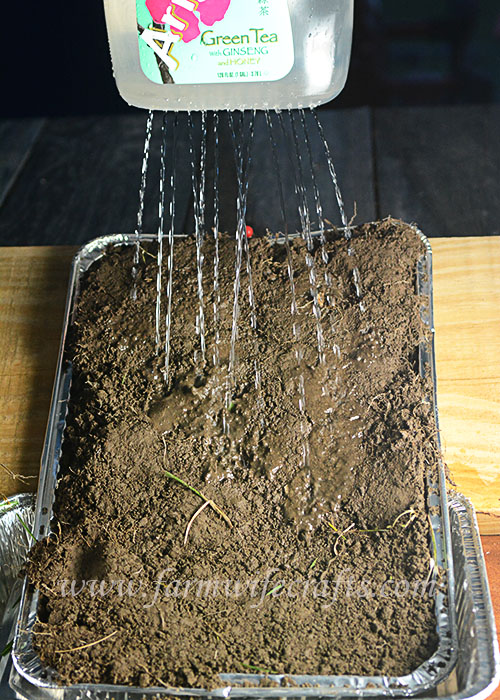


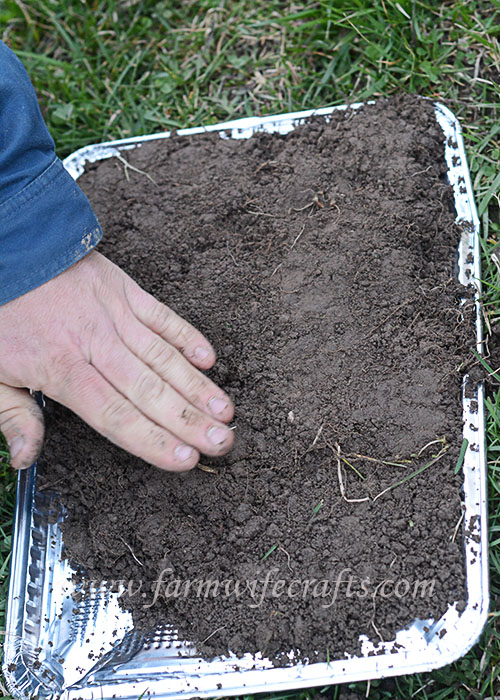
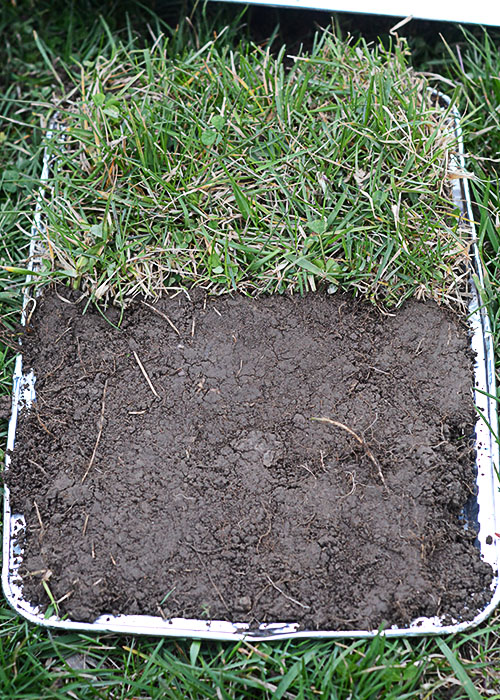
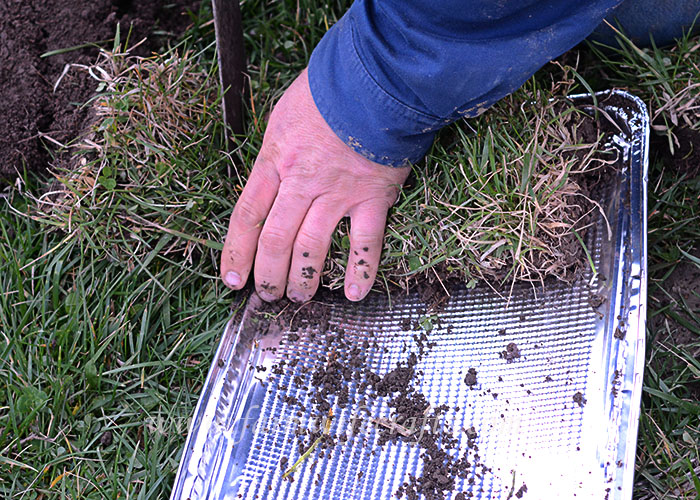
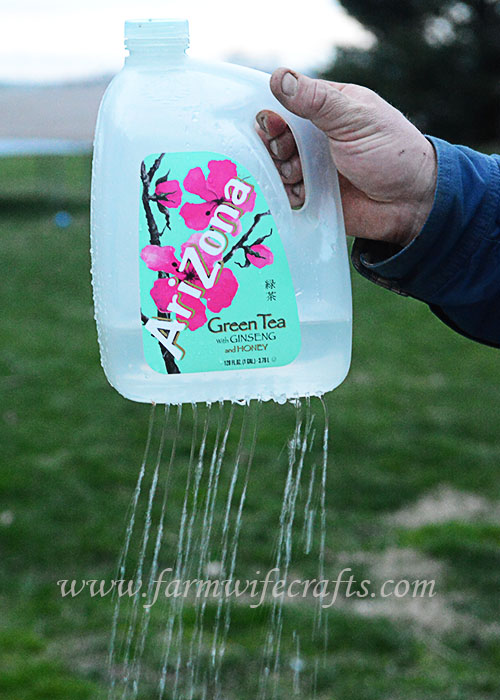
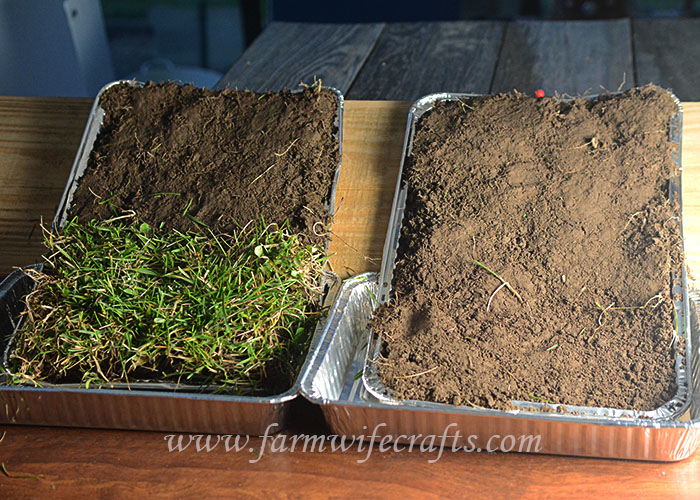
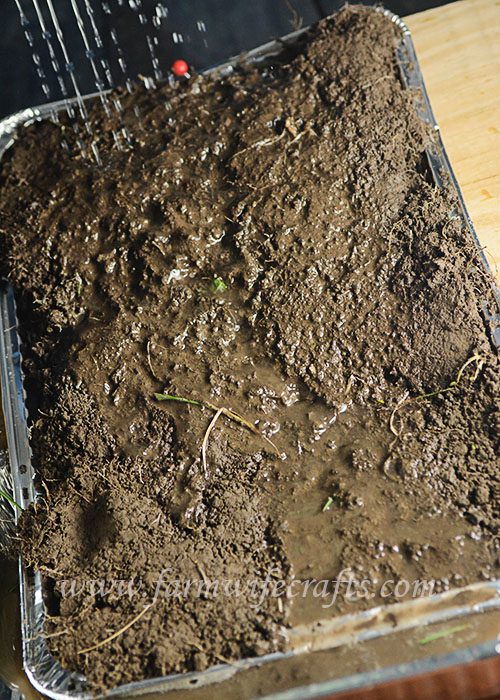
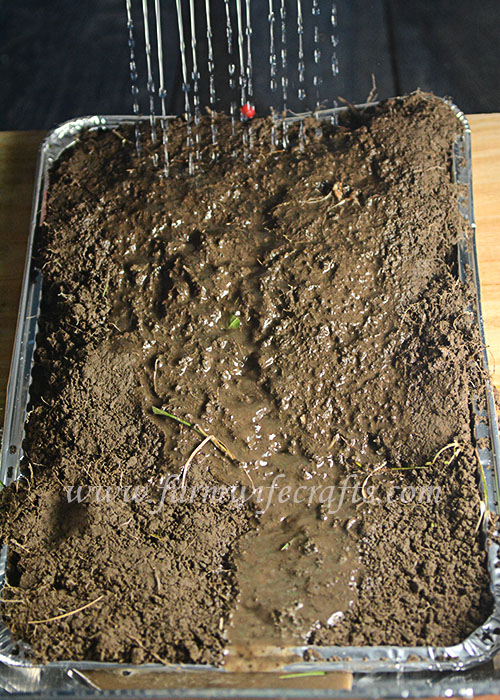
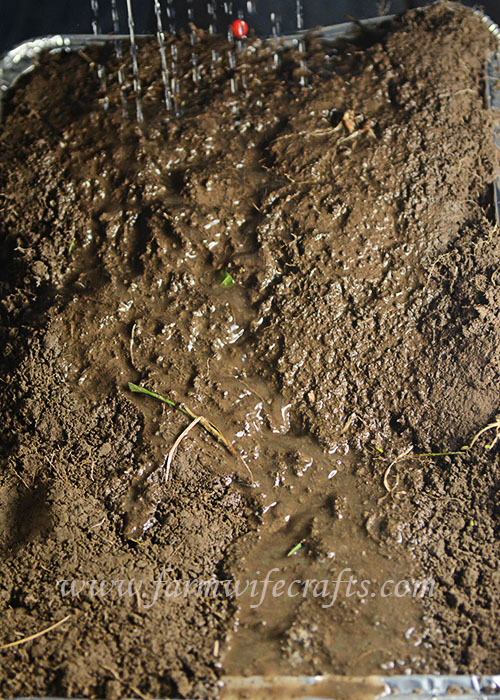
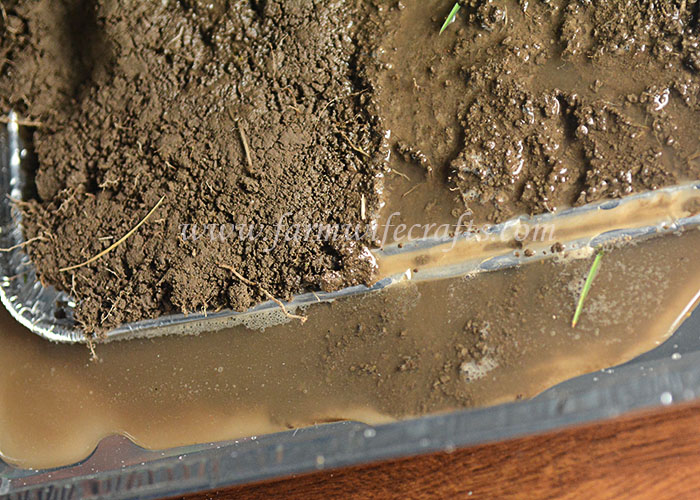
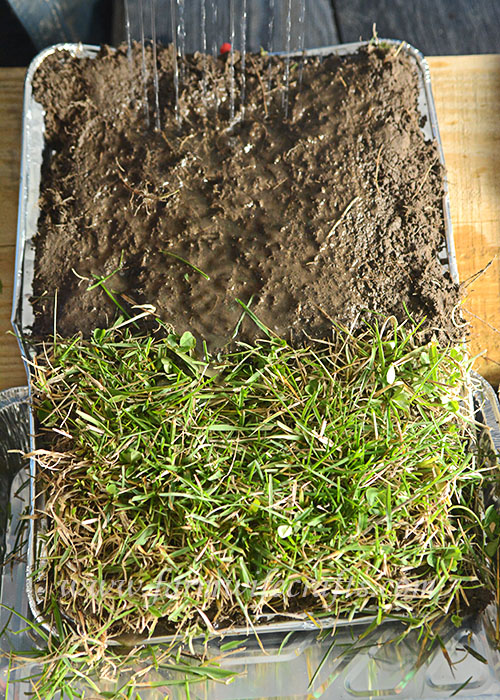
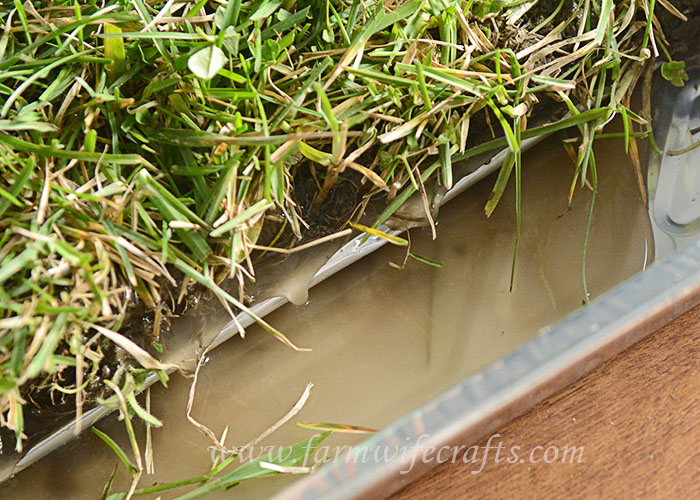
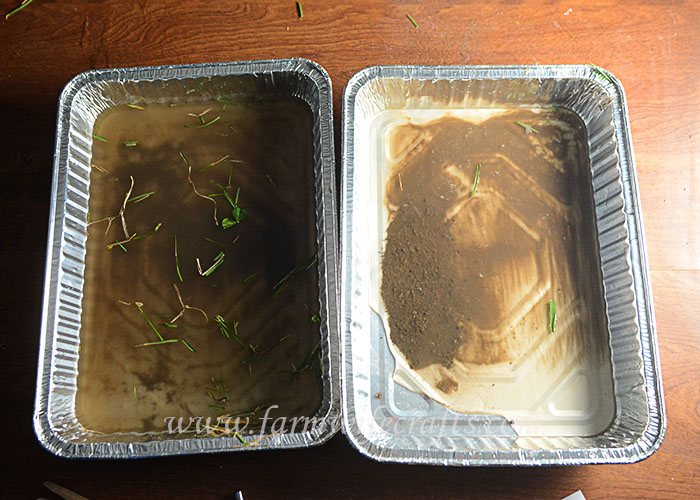
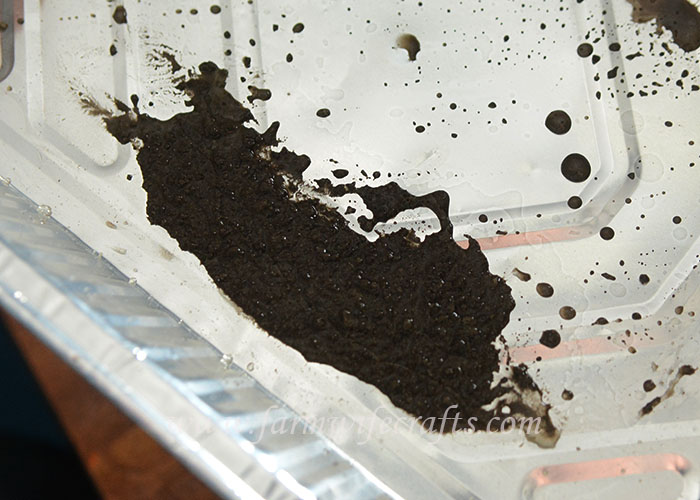
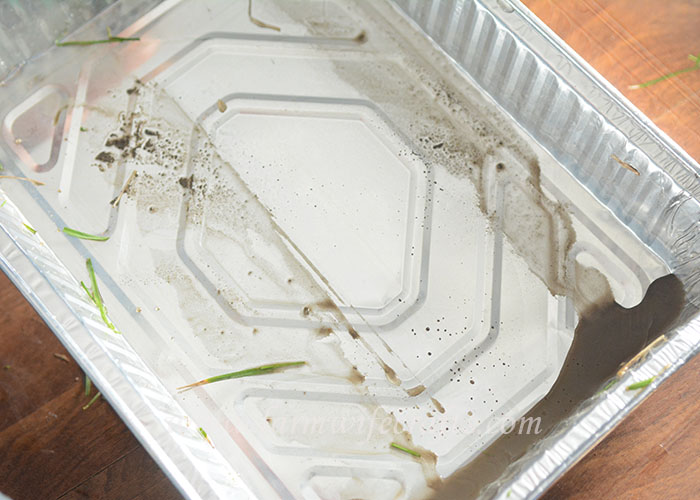
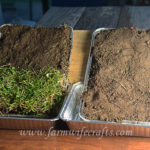
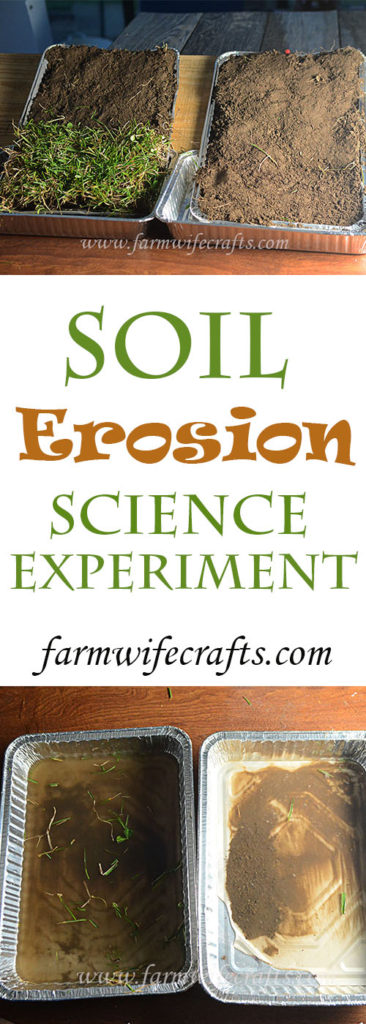

[…] The most popular reason cover crops are used is to aid in the effects of soil erosion. As the plants get taller, the slower the water run-off will be. The girls and I did a little experiment with soil erosion a while back, so if you would like a better visual, check out this post on water erosion. […]